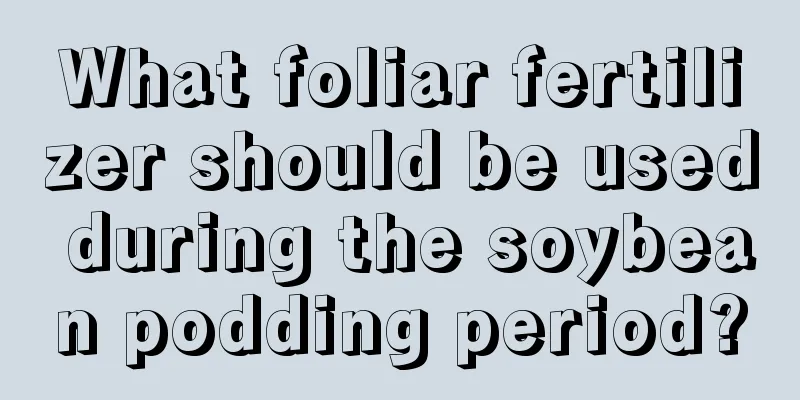Grape Management Techniques in January

|
Grapes prefer warm environments and have weak resistance to cold, so many fruit farmers tend to adopt greenhouse cultivation methods. This model not only breaks through the geographical limitations of planting, but also solves many problems in the planting process and meets the consumer demand of the market. As January approaches, the management of the grape greenhouse enters a critical period. Let’s learn about the vineyard management plan for January. 1. Laminating operation In greenhouse grape cultivation, film covering is usually divided into two types: single-layer film and double-layer film. For single-layer film covering, it is recommended to carry out film sealing operation in mid-to-late January; For double-layer film covering, the film should be removed between late December each year and early January of the following year. Operation tips: When sealing the film, the outer film and the inner film should not be sealed at the same time to avoid affecting ventilation. The correct approach is to buckle the inner membrane about 15 days after buckling the outer membrane to maintain proper breathability. 2. Temperature management After lamination, the temperature should be increased gradually to ensure that the low temperature is coordinated with the low temperature. Week 1: Keep the temperature low, the temperature in the greenhouse is controlled at 15-20℃ during the day and around 5-10℃ at night; Week 2: The daytime temperature is the same as the first week, and the nighttime temperature is slightly higher, preferably at 7-10℃; Week 3: The daytime temperature rises to 22-28℃, and the nighttime temperature can be slightly relaxed, but not lower than 10℃. Humidity should be controlled at 60%-70%. After the new shoots grow, the humidity of the soil and water must be ensured. The soil humidity should be maintained at 70-80%, the air humidity should be about 70%, the night temperature in the greenhouse should not be lower than 10℃, and the daytime temperature should not exceed 30℃; during the flowering period, the greenhouse temperature should be controlled at 15-28℃, and the humidity should be 50-60%. 3. Film management Germination period: If the temperature in the greenhouse exceeds 32℃, the skirt film should be opened for ventilation and cooling; after 15:00 in the afternoon, when the temperature in the greenhouse drops below 25℃, the skirt film should be lowered for heat preservation. When the new shoots grow to 2 cm, the entire garden is covered with plastic film. Flowering period: If the temperature in the greenhouse exceeds 30℃, the skylight should be opened for ventilation and cooling. If the humidity in the greenhouse is too high and causes fog, ventilation and dehumidification should be carried out in time to prevent bud rot, flower rot and worsening of diseases. When low temperatures come, close the greenhouse in advance and cover it with cold-proof materials or fumigate or heat it inside to ensure normal growth of branches and vines and flowering and fruiting. 4. Irrigation and fertilization Before covering the film: Before covering the film, the greenhouse should be fully irrigated, that is, watering the film; during the budding period, the whole garden should be irrigated once in time, that is, irrigating the budding water; After budding: After the grapes have sprouted, water them frequently with small amounts of water according to the soil moisture, and avoid flooding with large amounts of water; 10 days before flowering: At this time, water the plant once according to the soil moisture to promote flowering, but the amount should not be too much to avoid causing flowers and fruits to fall. Fertilize four times: Germination fertilizer: Apply germination fertilizer about 15 days before germination, mainly quick-acting fertilizer, with a small amount of phosphorus fertilizer; Foliar fertilization: After the new shoots begin to grow, foliar fertilization should be applied according to the growth conditions; Pre-flowering fertilizer: Apply fruit fertilizer about 10 days before flowering, mainly nitrogen fertilizer, and appropriately add phosphorus fertilizer; Foliar fertilizer spraying: During the flowering period, combine spraying with 1200 times diluted Cui Kang Gold Boron Liquid or 0.1%-0.3% borax solution on the leaves to supplement boron fertilizer. The above are the key points for vineyard management in January. The management plan for grapes with different growth conditions and varieties needs to be adjusted according to actual conditions.
|
<<: How to grow potted gardenias to make them grow vigorously? Do they need to be pruned?
>>: What can be added to the water to water the gardenia? Do I need to water it thoroughly?
Recommend
How often should succulents be watered in the northern winter (how often should succulents be watered indoors)
Succulent plants are native to relatively dry des...
Does hibiscus like sunshine?
Introduction to Hibiscus There are many varieties...
How to Make Tulips Bloom Every Year
Step 1 After harvesting the cut tulips, you need ...
How to plant passion fruit seedlings
1. Cultivate fruit seedlings In spring, cut fresh...
When is the best time to sow Globe amaranth
The best time to sow Globe amaranth Globe amarant...
How to prune potted Podocarpus
Adhere to the design purpose The purpose of Podoc...
Greenhouse strawberry planting technology and management
Strawberry fruit is delicious, nutritious, fragra...
How to grow Christmas cactus well and how to build a frame for Christmas cactus
1. How to maintain 1. Appropriate amount of water...
Things to note when repotting Echeveria luxuriantii
Time to repot Echeveria luxuriata Echeveria lucid...
How to prepare cactus soil? The best formula for nutrient soil for growing cacti
Cactus soil preparation requirements Cacti like s...
Difference Between Lemon Balm and Mint
1. Difference of blades The leaves of lemon balm ...
Don't just clean the house, you should also clean your flowers and plants
Clean up dead branches and leaves The yellow leav...
How to propagate dragon wing begonia
1. Seed propagation During the flowering period o...
Is Quisqualis poisonous?
Is Quisqualis poisonous? There are many different...
Do roses need to be watered every day? Can I use tap water?
1. Do you need to water it every day? It has a ce...









